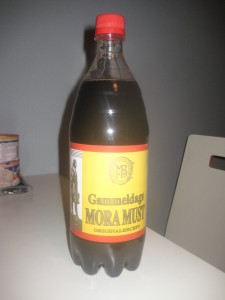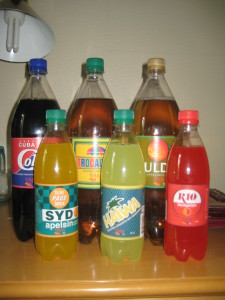Time from time I’m asked that question and since people can’t see why I’m not going to design a new format (even though the reasons are obvious) here’s the answer. Format in this context means both codec and container.
There are too many of them already. And they suck in different ways. And I believe it’s impossible to make format that will appeal to everybody so it will suck in some aspect. Either it will lack some features or will be too extensible that it will impose too much complexity on implementation. Lossless codecs are often written in such way that they require a special container because not even Matroska can encapsulate them properly. Lossless video codecs all offer about the same compression level and it’s law of diminishing returns in action (exponentially more time on compression yields only single percent of compression gain at best). Intermediate codecs sacrifice compression gains to speed. Advanced codecs are often some standard ripoffs (e.g. if progression keeps, VP11 will be based on H.266 but with multiple alternative reference frames and their peculiar binary coder). Containers suck either at complexity, compliance or flexibility. And there’s Ogg.
It is hard to write good tools for it. I have written some encoders and what I have:
- Zip Motion Blocks Video encoder (palettised) — I might be the only user;
- IMA ADPCM QT encoder — noone cares;
- M$ Video 1 encoder — got a nice review in 2009 and was merged as is into FFmpeg in 2011 just because. Probably noone cares about it either;
- AAC bitstream writer — it sucked so much that many talented people who tried to improve it afterwards just gave up and never returned to it again;
- ProRes encoder — for some reason it become popular and made me realize that noone caring about your encoder is a good thing.
Writing an encoder for a new format requires a lot of testing and tuning (especially for audio) and that requires both hardware and time which I lack. I had enough fun with AAC.
It is very hard to get adoption for the format. See previous two items. You should have good tools to interest users and there are too many different formats already to compete with. These are not the times when people were so desperate that they’d accept anything that was opensource and somewhat fulfilled their wishes (like Vorbis despite it being not hardware decoders-friendly and bundled with Ogg, or Matroska despite it being Matroska).
So, I shan’t develop a new format because it will take a lot of time from me with extremely little chances that results of that work will be ever used. Pity that lossless codecs creators didn’t think about it.
 Yes, that one
Yes, that one Berries
Berries Mora Bryggeri — no julmust or påskmust
Mora Bryggeri — no julmust or påskmust The Reference Drinks
The Reference Drinks